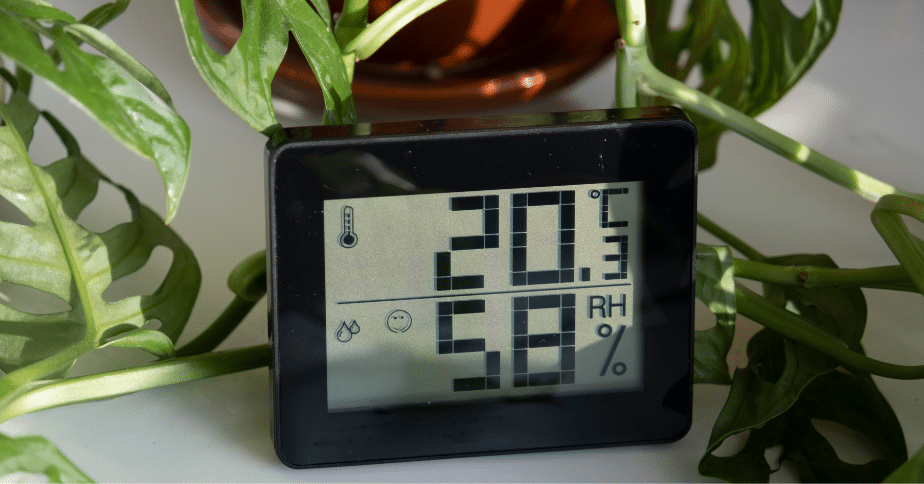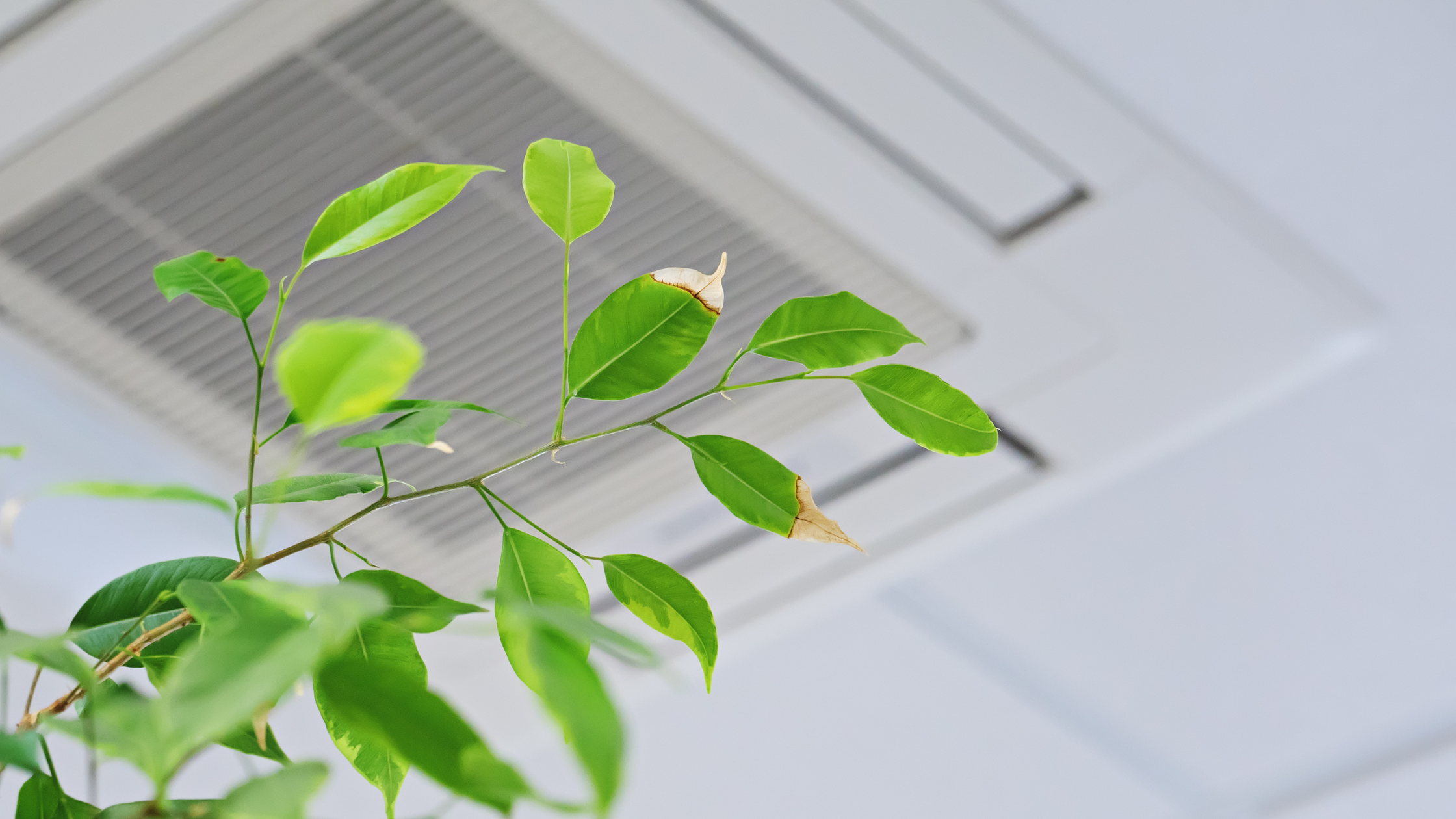How Long Does Mold Testing Take?

In a world where our homes provide sanctuary and safety, ensuring the quality of our indoor air is most important. When it comes to mold, the question that often arises is, “How long does mold testing take?” Here at Air Quality Assessors (AQA), we understand the urgency of mold identification, and we’re proud to say that we prioritize not only the accuracy of our assessments but also the timeliness of our services. In this blog, we’ll delve into the intricacies of mold testing and why it is crucial for keeping our families healthy and safe. You’ll discover that, compared to other companies, AQA’s commitment to efficiency is unmatched in the industry, ensuring that your peace of mind is quickly restored.
Why Mold Testing is Important
Mold, a naturally occurring organism, is ubiquitous in our environment. While it plays a crucial role in the ecosystem by breaking down organic matter, its presence indoors can have detrimental effects on human health and property. This is why mold testing is a vital step in ensuring the well-being and safety of your loved ones. At Air Quality Assessors, we believe that understanding the significance of mold testing is essential, as it enables you to make informed decisions about your indoor environment. Let’s explore the key reasons why mold testing should be a priority for every homeowner.
Protecting Your Health and Well-being
Mold can release tiny spores into the air that, when inhaled, can lead to various health issues. Individuals with mold allergies or asthma may experience worsened symptoms, including coughing, sneezing, congestion, and skin irritations. Prolonged exposure to certain mold species, such as black mold (Stachybotrys chartarum), can lead to more severe health problems.
Mold testing allows you to identify the presence of mold in your home, even before visible signs or health symptoms become apparent. By addressing the issue promptly, you can protect the health and well-being of your family, especially those who are more vulnerable to mold-related health concerns.
Safeguarding Your Property
Beyond health concerns, mold can wreak havoc on your property. It can cause structural damage to your home and lead to costly repairs. Mold growth often thrives in damp, hidden areas, such as behind walls, in basements, or in crawl spaces. Without proper testing, it can go unnoticed until the damage is extensive.
Mold testing is a proactive measure to identify mold problems early on. By doing so, you can prevent structural damage to your home and save money on potential repairs down the line.
Identifying Hidden Mold
Mold is not always visible to the naked eye. It can grow within walls, under flooring, or in areas that are difficult to access. This hidden mold poses a significant risk, as it can continue to proliferate unnoticed.
Mold testing, including air quality and surface sampling, can identify hidden mold colonies. It provides valuable information about the extent and type of mold present, helping you make informed decisions about remediation and mitigation efforts.
Ensuring Indoor Air Quality
Indoor air quality (IAQ) plays a crucial role in the overall health and comfort of your home. Mold spores released into the air can impact IAQ, leading to respiratory issues and discomfort for occupants.
Mold testing assesses the mold concentration in your indoor air. This information is essential for addressing IAQ concerns and implementing effective measures to improve air quality.
Meeting Real Estate Requirements
If you’re buying or selling a home, mold testing may be a requirement in some real estate transactions. Many homebuyers and sellers opt for mold inspections to ensure the property is free from mold issues, providing peace of mind to all parties involved.
Compliance with Regulations
Certain regions have regulations and guidelines in place regarding mold testing and remediation. Ensuring compliance with these regulations is essential for legal and insurance purposes. Mold testing helps you meet these requirements and avoid potential legal complications.
In summary, mold testing is a fundamental step in maintaining a healthy and safe living environment for you and your family. It not only safeguards your health and property but also ensures compliance with real estate and regulatory standards. At Air Quality Assessors, we understand the urgency of mold testing, and our commitment to efficiency ensures that your results are delivered promptly. In the next section, we’ll delve into the mold testing process, shedding light on how long it typically takes.
How Long Does Mold Testing Take?
Now that we understand the importance of mold testing, let’s dive into the details of the mold testing process and how long it typically takes. Mold assessors, experts in the field, don’t just identify the mold issue; they also educate homeowners about the consequences of mold growth and the essential measures to prevent future infestations. If remediation is required, they provide continuous assistance throughout the remediation procedure, ensuring that you won’t be left to tackle the problem by yourself.
The Mold Testing Process
Mold testing is a systematic procedure aimed at identifying the presence of mold, determining its types, and quantifying mold concentrations in your indoor environment. Here’s a breakdown of the key steps involved:
1. Sample Collection
The process begins with an inspector or technician collecting air and/or surface samples from the suspected areas within your home. The goal is to capture mold spores or mold growth to assess the extent and type of mold present. Typically, this sample collection process takes approximately 1 to 2 hours, depending on the size and complexity of the property.
2. Sample Delivery to Lab
Once the samples are collected, they are promptly delivered to a certified laboratory for analysis. This step can usually be completed on the same day as the sample collection, ensuring a swift transition from data collection to analysis.
3. Lab Analysis
At the laboratory, the samples undergo a meticulous analysis process. This involves culturing the samples to identify the types of mold present and quantifying their levels. The duration of this lab analysis phase can vary, typically ranging from 1 to 3 days. The exact time frame may depend on factors such as the specific tests performed and the lab’s turnaround time.
4. Results Reporting
Once the analysis is complete, the laboratory provides a comprehensive report detailing the types of mold identified and their concentrations in the samples. This report typically becomes available within 1 to 2 business days after the analysis is finished.
How Long Does Mold Testing Take in Total?
In summary, the time frame for mold testing from the initial sample collection to receiving the final results can vary. It usually spans from 1 to 3 days, primarily influenced by factors such as the lab’s processing time and the specific tests conducted. While the sample collection process itself takes a relatively short amount of time (1 to 2 hours), the most time-consuming aspect is typically waiting for the lab analysis and the subsequent results.
Understanding this timeline is crucial, as it allows homeowners to plan accordingly and take prompt action if mold issues are detected. Mold assessors like Air Quality Assessors prioritize both the accuracy and timeliness of their assessments, ensuring that your peace of mind is swiftly restored. So, when it comes to mold testing, timely action is key to maintaining a healthy and safe indoor environment for you and your family.



